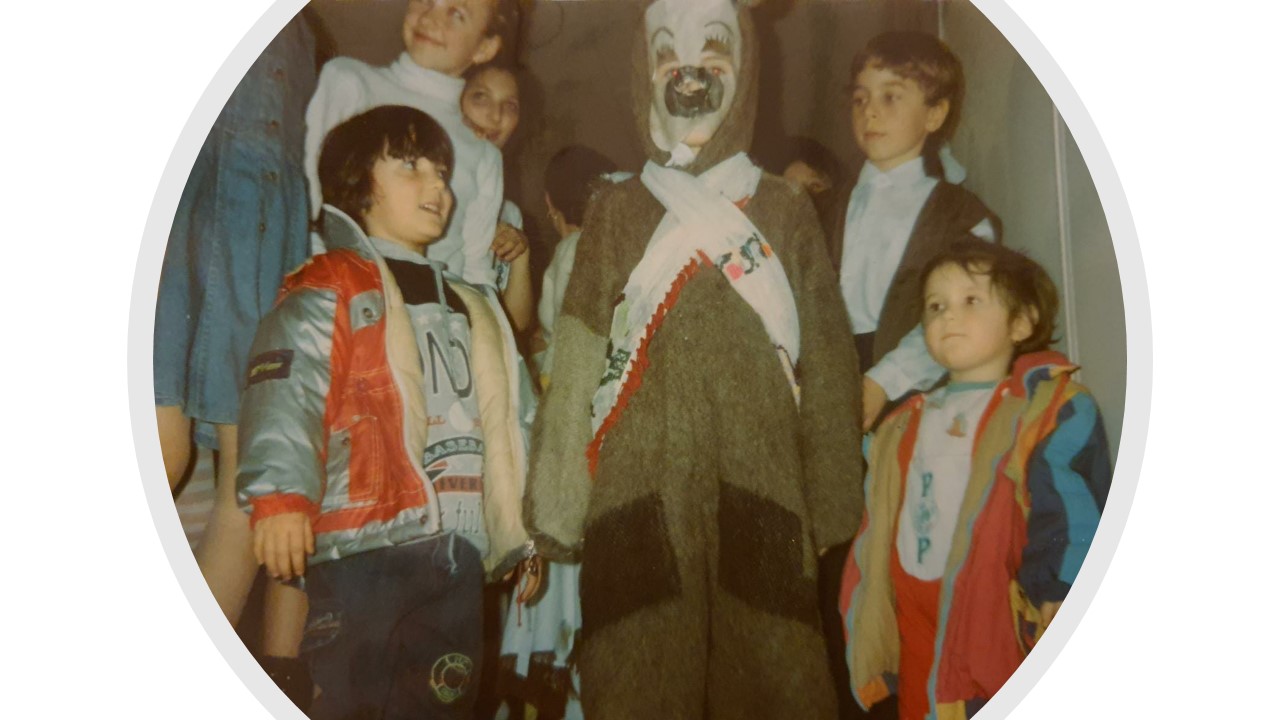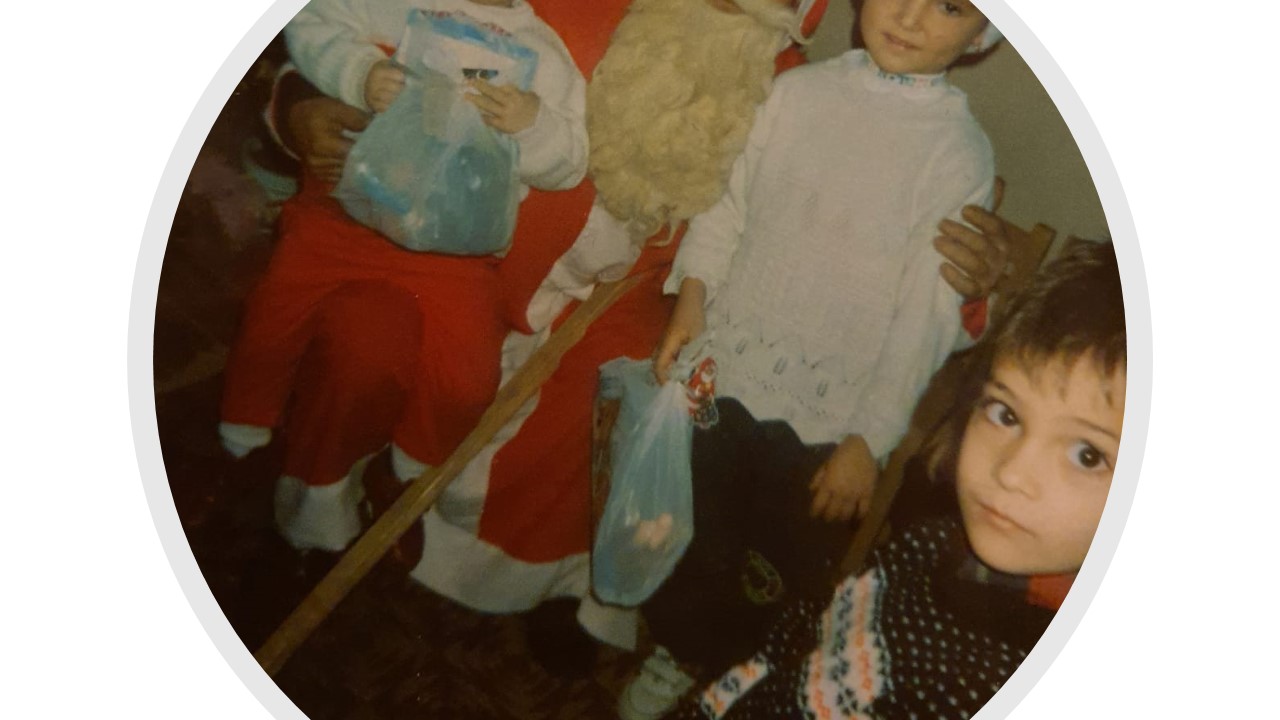DANUrB+ - Customs and Traditions in Romania (Giurgiu County)
23-12-2020
In Giurgiu County, the population managed to transmit from generation to generation customs and traditions specific to the southern Vlășcene folk area. The traditions and customs with religious substratum that circulated in the past and were partially resumed in the present concern the great holidays at the end and at the beginning of the year, respectively, Christmas and New Year, Epiphany and Saint John.
The carol of Christmas Eve (Moș Ajun) is an event with a high emotional load in the souls of those who commit it - those who commit it and those who receive it, respectively children and households.
For example, in the village of Frătești, the caroling begins in the early hours of this morning (December 24th), starting at midnight. Two or three days before Christmas Eve, the older children (10-14 years old) make up their “band” („ceata”), they prepare their bag and stick, and in the evening they gather in the house of one of them, looking forward to the hour when they can go on the streets of the village. The poetic version of the carol of Christmas Eve dates from the beginning of our century, being transmitted by the teachers of the village. It is sung, preferentially, in the houses of wealthier households, not having too much extension.

A less known custom in the Giurgiu area is the "share of wheat" on the morning of Christmas Eve. That morning, the neighbors and relatives share their boiled wheat, which they have been preparing since evening, crushing it in the wood pellet or through the meat grinder. A few decades ago, the wheat was not sweetened or softened slightly, dividing into bowls, without too many additives (candies, nuts, biscuits). Today it is a well-known koliva prepared by housewives.

In the past, in addition to the Santa Claus carol, other carols were sung. Thus, according to the Mănescu manuscript, a document inside the “Dacia” village museum in the village of Frătești, dated May 15th, 1834, the speechwriter Manea Cepan wrote three carols about the birth of the Lord: In Vicleem, A Wonderful Cause (romanian: ”O pricină minunată”) and The Star (Romanian:”Steaua”) (the Mags).

On Christmas Day, the children walked with the "star" (Romanian: ”Steaua”) and the "goat" (Romanian: ”Capra”), and the lads with the "Vicleeem" or "Herods", customs that during the 50 years of communism disappeared almost completely, so that after 1989 their resumption was made with difficulty and some texts no longer bear the note of originality.
References:
Burlacu Dumitru, From the treasure of Frătiștean folklore - Ethnofolkloric monograph of Frătești commune (Romanian: Din comoara folclorului Frătiștean – Monografia etnofolclorică a comunei Frătești), Giurgiu, Editura Pelican, 2012.
Photos: Personal Archive of Ioana Cătălina Vărzaru, Giurgiu Municipality ASP, Romania. The photos are taken between 1990 – 1997, kindergarten Christmas celebration and children singing carols through neighbors.
